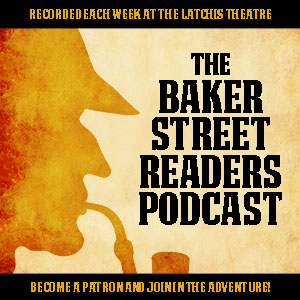Let’s put some things together. We have something we want to get across to an audience – on a stage or screen. We’ve learned a bit about practicing and the importance of learning one’s craft so we have something to say. We know about editing, so it will flow well and make the correct impressions.
What about composition of movement? Can moves help us tell a story?
Well, certainly. We’ve all seen silent films with no dialogue, where all action is done in pantomime. And we’ve all seen the opposite in limited animation, where if we turned the volume down on say, Charlie Brown and Linus talking at the wall, we’d have almost no idea of the story.
Movement is important, and in this short piece, Every Frame A Painting takes a look at the composition of movement in the films of Akira Kurosawa.









Akira? We hardly knew ya
This was a very enjoyable short, and as a longtime Kurosawa fan, I found it both revealing and spirited. What struck me most, as the film’s thesis was played out with shots from Rashomon, Ran, 7th Samurai, Dersu Uzala, The Idiot and others..we see that Kurosawa’s aesthetic and methodology was there to support the underlying ideas.
Taking on such complex themes as subjectivity in love and battle, moral ambiguity and power dynamics, a human being’s place in the natural order…gave not only the impetus, but the necessity for such a dynamic and layered approach. The universal depths explored is what confers greatness to these works. And this critique shows how form born of content is creativity in its highest expression.
big screens
I especially enjoyed the comparison to the Avengers, pointing out the near lack of concern for technique. Chuck Jones used to criticize the limited animation shows on Saturday morning as “illustrated radio.” It’s a similar critique.
You bring up an interesting point. Where one starts makes a difference. A challenging theme opens up opportunities that a rehash or sequel can’t match. Having a vision seems to help, too.
These cinematic tricks, now invented, can become part of any visual storyteller’s toolbox, too. We don’t need to break the new ground to develop these techniques – we can just start to incorporate them as desired. What I like is that this piece gives us a few easy ones to remember. Deploying them is the challenge.
Kurosawa, of course, didn’t have to think about creating an iPhone version, or IMAX 3-D, as he went along. He could just make a film.
Never thought about it before, but who financed his work?